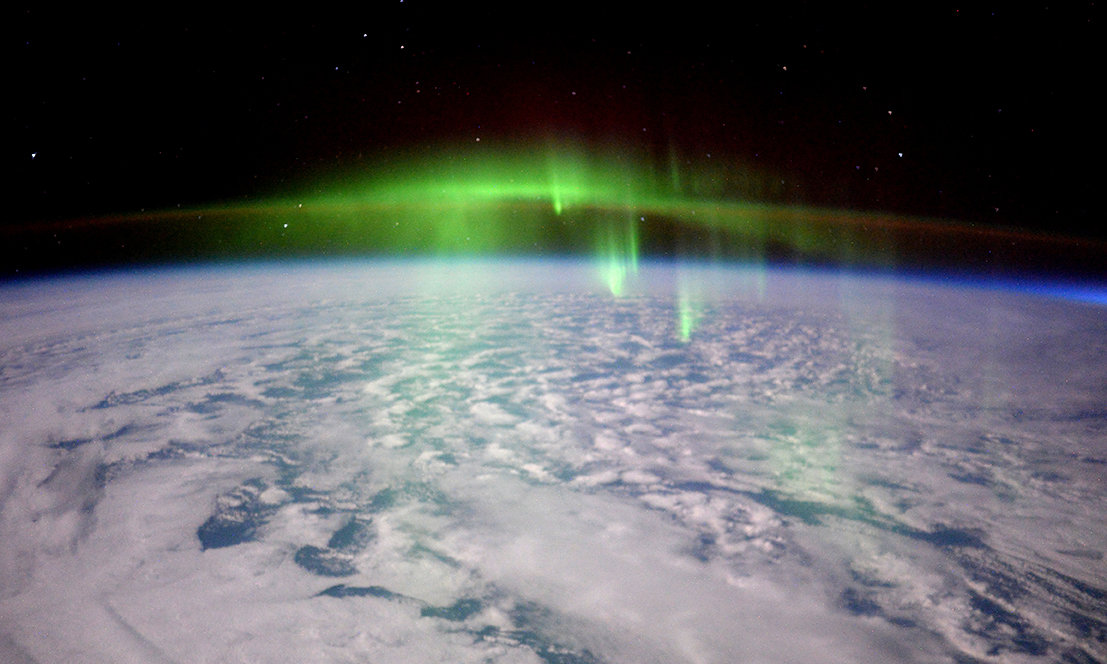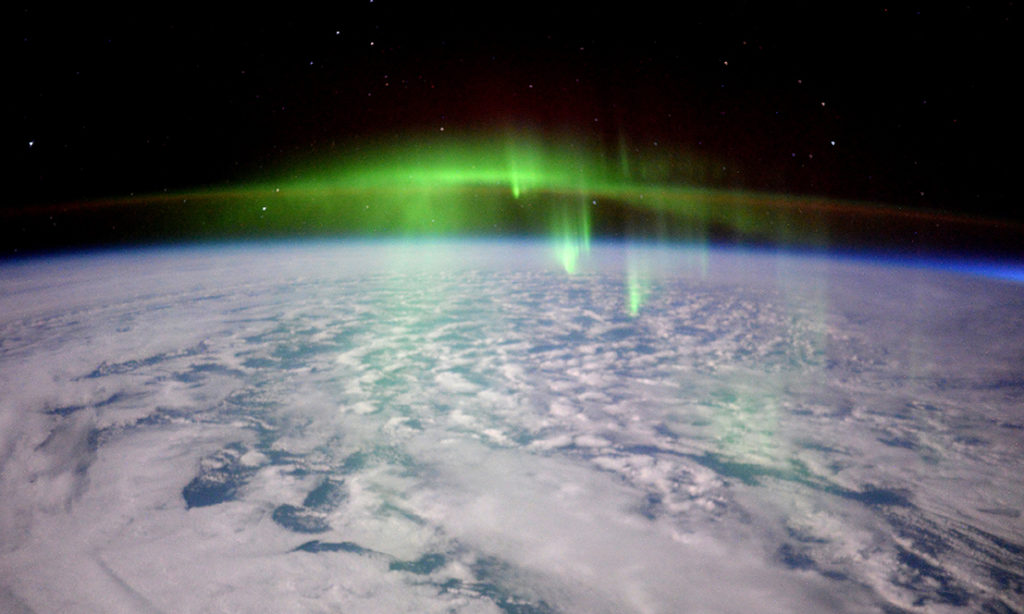
NEMISIS Investigation Selected for NASA Geospace Dynamics Constellation Mission
NASA has selected the final investigations for its flagship mission, the Geospace Dynamics Constellation, which include NEMISIS to be led by Prof. Mark Moldwin.

NASA has selected the final investigations for its flagship mission, the Geospace Dynamics Constellation, which include NEMISIS to be led by Prof. Mark Moldwin.
In January, NASA selected the final investigations for the Geospace Dynamics Constellation (GDC) Mission. The two investigations for the flagship mission include the Thermal Plasma Sensor and NEMISIS (Near Earth Magnetometer Instrument in a Small Integrated System), led by University of Michigan Prof. Mark Moldwin.
The GDC Mission will provide key advances in our understanding of Earth’s ionosphere-thermosphere system, providing the scientific foundation for our ability to quantify and forecast space weather effects both on Earth and in space. The constellation is planned for launch no earlier than September 2027.
Moldwin, the Arthur F. Thurnau Professor at U-M Climate & Space, will serve as the principal investigator for NEMISIS, which will map out and study the electromagnetic energy that enters the upper atmosphere from Earth’s magnetosphere. The investigation will quantify how these energy inputs vary in both space and time, and how they directly drive and control dynamics observed in the ionosphere-thermosphere system across all spatial and temporal scales.
“NASA hasn’t had a mission like this before. The interesting part of GDC is that it’s a constellation. Really for the first time, we’re thinking of not only combined data sets between instruments on a single spacecraft, but discovering what it means to have six individual points with their own data,” said Moldwin. “The idea is to be able to make simultaneous measurements across different scales and different regions to understand the response of the system.”
As part of its investigation, NEMISIS will deliver an integrated magnetometer system that will enable GDC to measure perturbations in Earth’s magnetic field. Magnetometers are used to measure magnetic forces, especially changes or impacts to the magnetic field.
“We’ve developed this new approach, where with three magnetometers — two on the spacecraft and one on the end of a short boom or even no boom — you can use machine learning algorithms, or smart techniques, to clean the data,” said Moldwin. “That essentially allows any spacecraft to fly magnetometers without the costly boom and other constraints. We’re going to revolutionize the way people make magnetic measurements.”
The system integrates and combines flight-proven hardware that is compact, lightweight, and uses minimal power that will be coupled with machine-learning algorithms to isolate the spacecraft perturbations and produce high-quality data for the GDC science investigation. Moldwin, with former and current postdocs and PhD students, has developed several innovative algorithms for noise identification. A second-year PhD student, Alex Hoffmann made a significant advance in the ability to identify spacecraft noise by combining several clever and effective techniques.
“That’s the big risk for GDC, and I’m so glad they selected us, is that this algorithm has not yet flown, so everything we’ve demonstrated has been in simulation and in the lab. We’ll have this demonstrated before GDC goes up, on smaller satellites like ICOVEX (Ionosphere COmposition and Velocity Experiment.) It should be very exciting to be able to demonstrate that.”
The last two instruments selected for GDC, the Thermal Plasma Sensor (TPS) from University of Texas-Dallas and NEMISIS will provide capabilities crucial to understanding the upper atmosphere as a collection of distinct parts and as a system that acts and reacts together.
The mission will answer exciting questions for Moldwin, too, because it will enable magnetometers to be used in new and adaptable ways. As a researcher who studies the magnetosphere and solar plasma physics, Moldwin is hoping to see advancements come out of the mission that will allow for broader use of magnetometers.
“One of my goals is to have magnetometers on every platform in the solar system,” said Moldwin.
The GDC mission is managed by the Heliophysics Division’s Living with a Star Program at NASA’s Goddard Space Flight Center in Greenbelt, Maryland.
